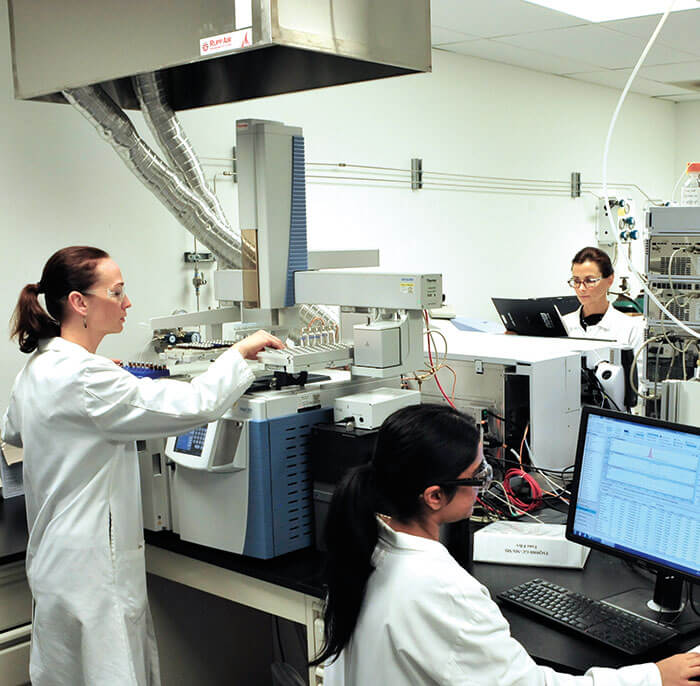Then: one cloudy day in 2014...
We’re a dietary supplement company and we’re naturally very conscious about the safety of our products, so it’s tough having to rely on contract analytical laboratories for our pesticide residue analysis. Our samples are highly complex (multivitamin products can have 40 compounds!) – and we simply don’t have the instrumentation needed to perform such analyses. Unfortunately, I don’t feel like we’re fully in control of our data and I also don’t know exactly what kinds of methods are being used by the contract lab. I know the contract lab will be doing their best – we chose them carefully. Nevertheless, it makes me feel a little uneasy – especially, given the finicky nature of pesticide residue analysis in botanical matrices (by far the most difficult analysis there is!). We want to continue to be the best, so we need to look at other options. Bringing pesticide residue analysis in house makes great sense, but we need to make sure we invest in the right instrumentation. Of course, sufficiently sensitive hardware is important, but we also need software that is powerful enough to help us process the data efficiently; analyst time is valuable to us! Importantly, we also need flexibility; we may want to use the system for other kinds of analyses at a later date. It’s a competitive market out there for analytical systems; we need to do some solid research...





